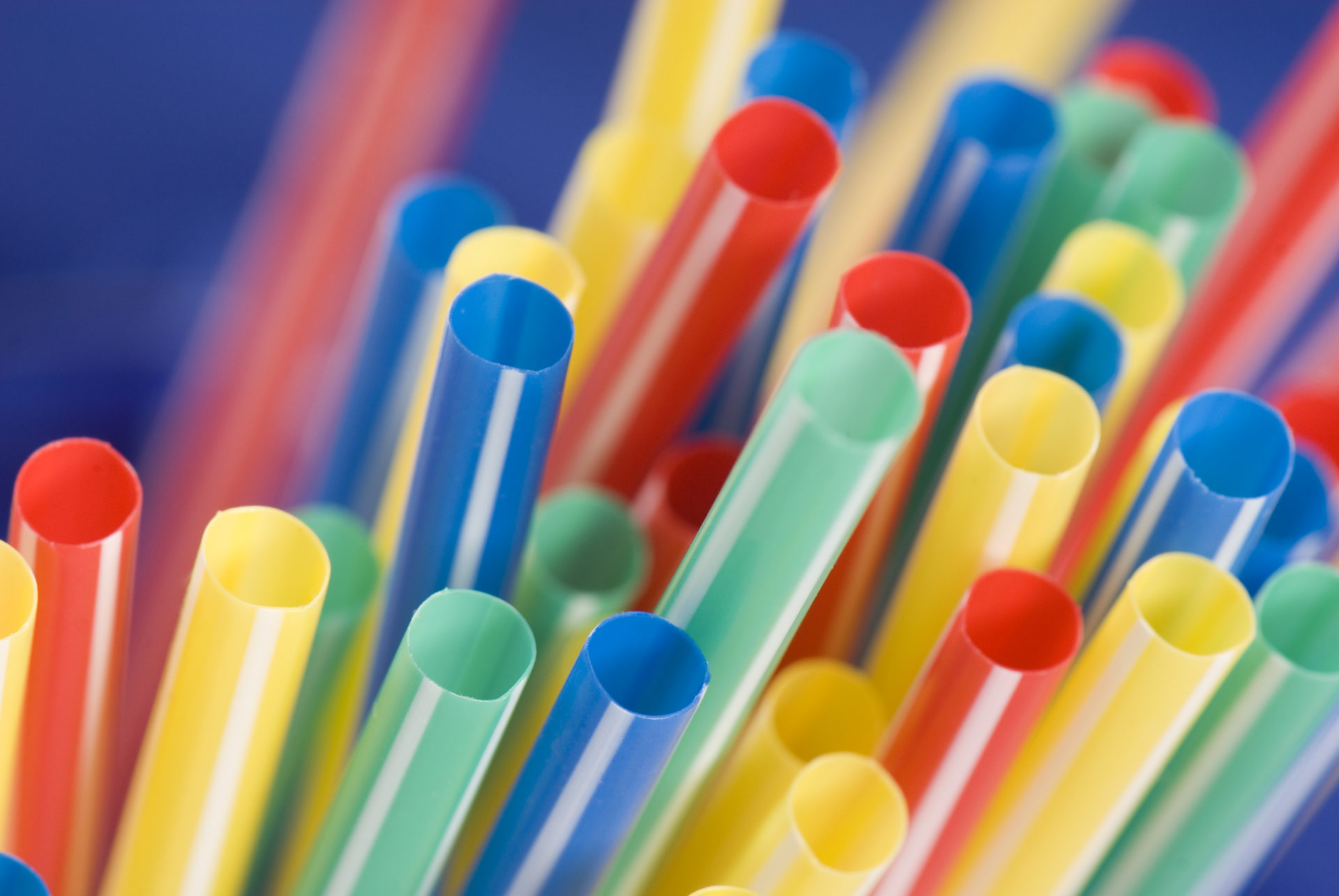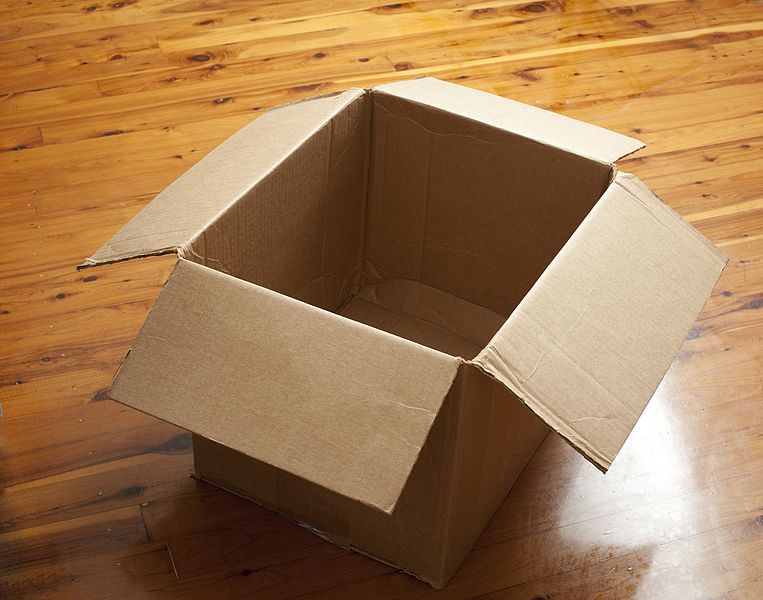
26 Sep What’s the deal with the plastic straws?
As consumers of news and current events, in the marketing department at Coldwell Banker Caine, we often ask one another in casual conversation, “what’s the deal with _______?” Each member of the team reads and listens to varying news sources, so we tend to have lively discussions on topical items happening in the world around us. Real estate is certainly always a common topic, but we also frequently land on an issue that is affecting much of humanity.
Today, we introduce a new series we will address periodically where we explore a topic that is coming up frequently and hopefully answer some questions about its origins and what it has to do with our lives in the Upstate of South Carolina.
Which brings us to today’s topic: what’s the deal with the plastic straws?

As I was gathering historical data on the plastic straw issue, I did a quick google search and over 29 million results popped up. That is a pretty astounding result.
In case you are unaware of the background, let’s begin with a National Geographic article from July of 2018. At that time, the city of Seattle had recently announced a ban of all plastic straws. Starbucks and McDonald’s rolled out plans to phase out plastic straws entirely in the next few years. And, Alaska Airlines became the first airline to phase out plastic straws and stirrers from all planes by 2020.
All were responding to a massive outreach effort to limit the impact of plastic on the world’s oceans. According to the same article, an estimated 500 million straws are used each day and 8.3 million pollute the world’s beaches.
Any average person knows pollution is a problem in our world, so our question was, why the straw? An article in Business Insider asked the same question. They quoted the CEO of the Plastic Pollution Coalition who said, “We look at straws as one of the gateway issues to help people start thinking about the global plastic pollution problem.”
The National Geographic article added that the straw, for most able-bodied people, is something that can be eliminated from daily life or altered in some form or fashion. It does not require a drastic change in behavior but you can enjoy the “feel-good” benefits of doing something positive for the planet.
The gist? In focusing on the straw, a minimal element of the able-bodied human’s everyday life, we can reduce the impact of plastic on our oceans. Maybe, from there, we will think twice about using plastic grocery bags or pay closer attention to remembering to recycle versus throwing aluminum cans in the trash. It is the hope of those passionate about this effort that it will change the tide of human behavior more towards conservation and preservation when it comes to our natural world.
If you are inspired to reduce your own usage of plastic straws, here are a few ideas:
- Buy your own stainless steel reusable straws. Urban Outfitters and Anthropologie fashion lines have even made stylish alternatives that are dishwasher safe and can be stored in your purse or briefcase.
- Keep disposable paper straws stocked at home for barbecues with friends, or try bamboo alternatives, that can be reused when washed by hand.
- Explore the world of compostable straws. After each use, they may be composted along with other food products. (This is an option many restaurants and cafes are considering in lieu of a full straw ban.)
- At the bare minimum, you could wash and reuse plastic straws of your own without disposing after each single use.
About the Author
Kate Dabbs is the Director of Marketing and Operations at Coldwell Banker Caine. She has a passion for being active and the outdoors. Her hobbies include reading, traveling, cooking with her husband, Dixon, and walking their black lab, Flo.






